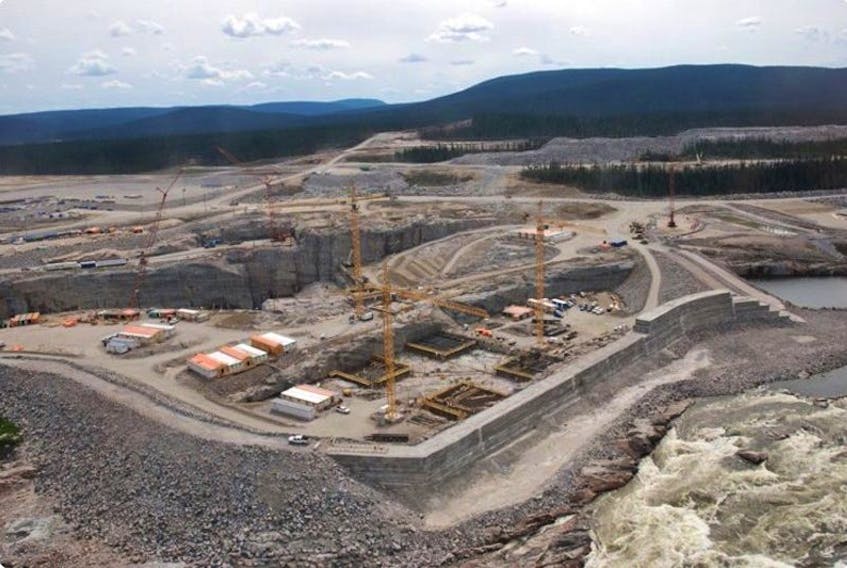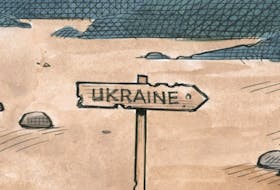I’m old enough to remember the Arab Oil Embargo. This was an attack on the West, specifically Canada and everyone else who supported Israel in the Yom Kippur war.
Oil had been steady at three dollars a barrel prior, but then climbed to $12. This was a shock. Our defence — the best housing stock in the nation — had three and a half inches of insulation in the wood stud wall cavity and eight inches in the attic. A sheet of kraft paper glued to the back of the batt insulation served as an excuse for vapour barrier. You could just crank up the thermostat. Heating costs were diddly. The Organization of the Petroleum Exporting Countries changed all that.
In the mid-’70s, the federal government (no wiser then than they are now) brought us COSP and CHIP. The Canadian Oil Substitution Program paid taxpayers to take out their furnaces and whack in electric heating. Similarly, the Canadian Home Insulation Program paid Canadians to fill their stud cavities and attics with insulation: fiberglass, perlite, urea-formaldehyde — hell, you could have stuffed the walls with the Sunday Herald and the feds would pay for it. And seal up all those cracks, too.
As we passed into the ’80s, millions of dollars of housing stock was condemned. Without vapour barriers and air exchangers, residences literally rotted apart. Half of the insulation installed was carcinogenic. Most people blamed the baseboard radiators.
However, in various pockets across the nation, enlightened building scientists and architects worked hard to address these issues. One of the most brilliant was a Newfoundlander who worked for the National Research Council. Maxwell Baker died just this year. A boy from Badger. If the federal government had listened to Max they would have known there was a disaster in the making.
In P.E.I., a brilliant group of young architects devised what was to become the R2000 standard for housing — a full quarter-century before the feds caught up, named it and rolled it out as brand new. These were the guys that designed the Ark at Spry Point. Billed as an experiment in self-sufficiency, it was opened in 1976 by Trudeau (the brighter one) and Stewart Brand (Whole Earth Catalogue). In 1979 I went to work for Solsearch, the Spry Point architects. It was the best time of my life.
Down in the U.S., a similar architectural research movement was developing, mainly in New Mexico. There, the solar energy pioneer Steve Baer founded Zomeworks, an R&D foundation of sorts that brought us polyhedra structures, the beadwall (a window that fills with insulation at night) and the solar tracker (a passive-solar dynamic mounting for photovoltaic modules). Brilliant.
These movements were all spawned by the OPEC “crisis.”
So what’s this got to do with us? Easy. Out of crisis is born genius. This was supposed to be a letter about Muskrat Falls and the Newfoundland and Labrador economy in the tank, but we are all so sick of that topic, I figured you wouldn’t get past the first few lines.
We need innovative thinking.
We sank $12 billion into Muskrat Falls. Innovative thinking would have seen that sort of money buy a geothermal heat pump installation for every household in the province. And we would have had $4 billion left over! We could have cut our energy demand in half, vastly improved the lives of every Newfoundlander, and be hailed internationally as the most forward thinking state in the world.
But now we are stuck with Muskrat and instead of improving our lives it will contribute to our impoverishment — that is, unless we see it as a challenge.
It’s our very own embargo. We have young, talented people here. If nobody can afford their electricity bill, why not throw all our support behind the local minds who could cut that bill to a fraction? That’s how you diversify the economy. That’s how you create new industry. That’s how you generate meaningful work. That’s how you keep the brightest talent here. That’s how you put us on the map.
When will Muskrat Falls be the best thing that ever happened? When we don’t need it.
James B. Case
Fellow of the Royal Architectural Institute of Canada
St. John’s









